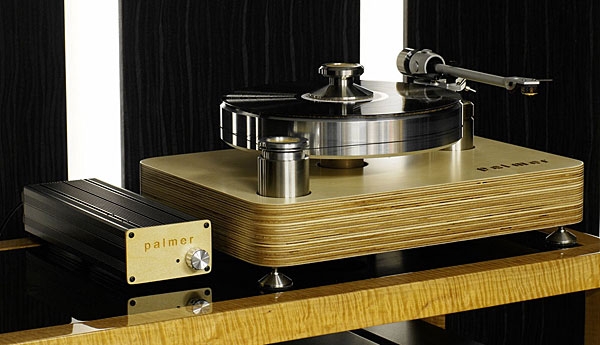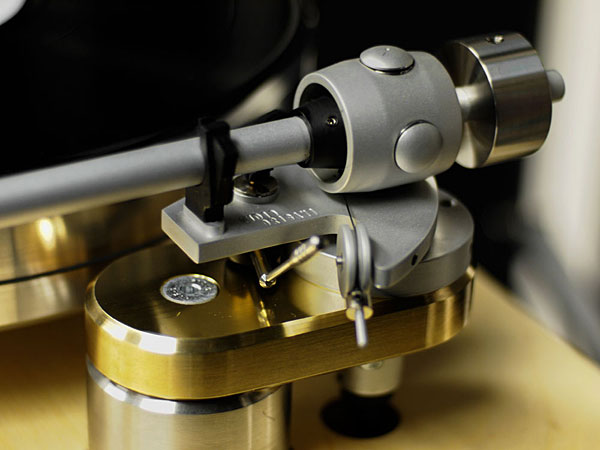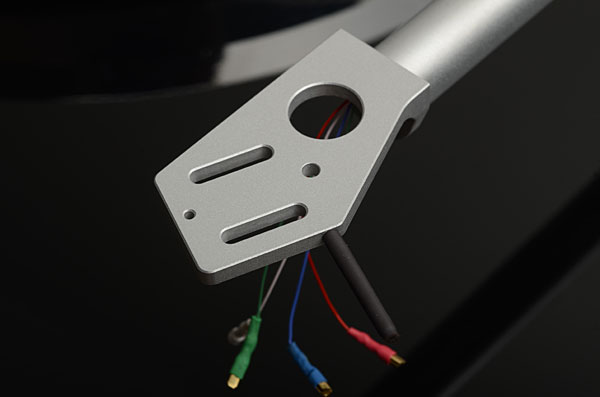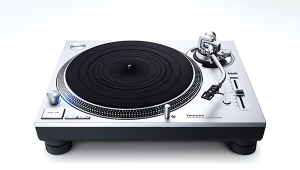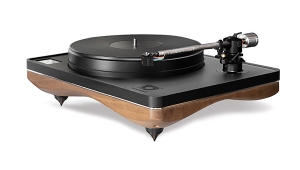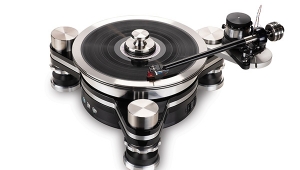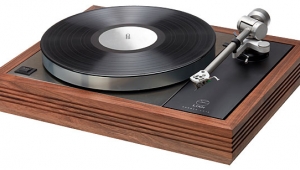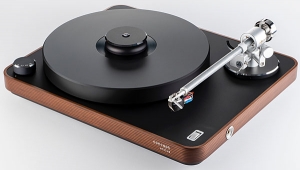| Columns Retired Columns & Blogs |
My two favorite tables have been the high-torque grease-bearing Garrard 301 that I restored and a low-torque Nottingham Hyperspace with the extra heavy platter, sitting in one of my audio dealer's demo systems. In some ways, they're very similar tables. In other ways, antipodal. The Nottingham remains out of my wallet's reach, but if the day comes that I can, I certainly will. Herb, if you decide to live with the Palmer, I totally get why.
